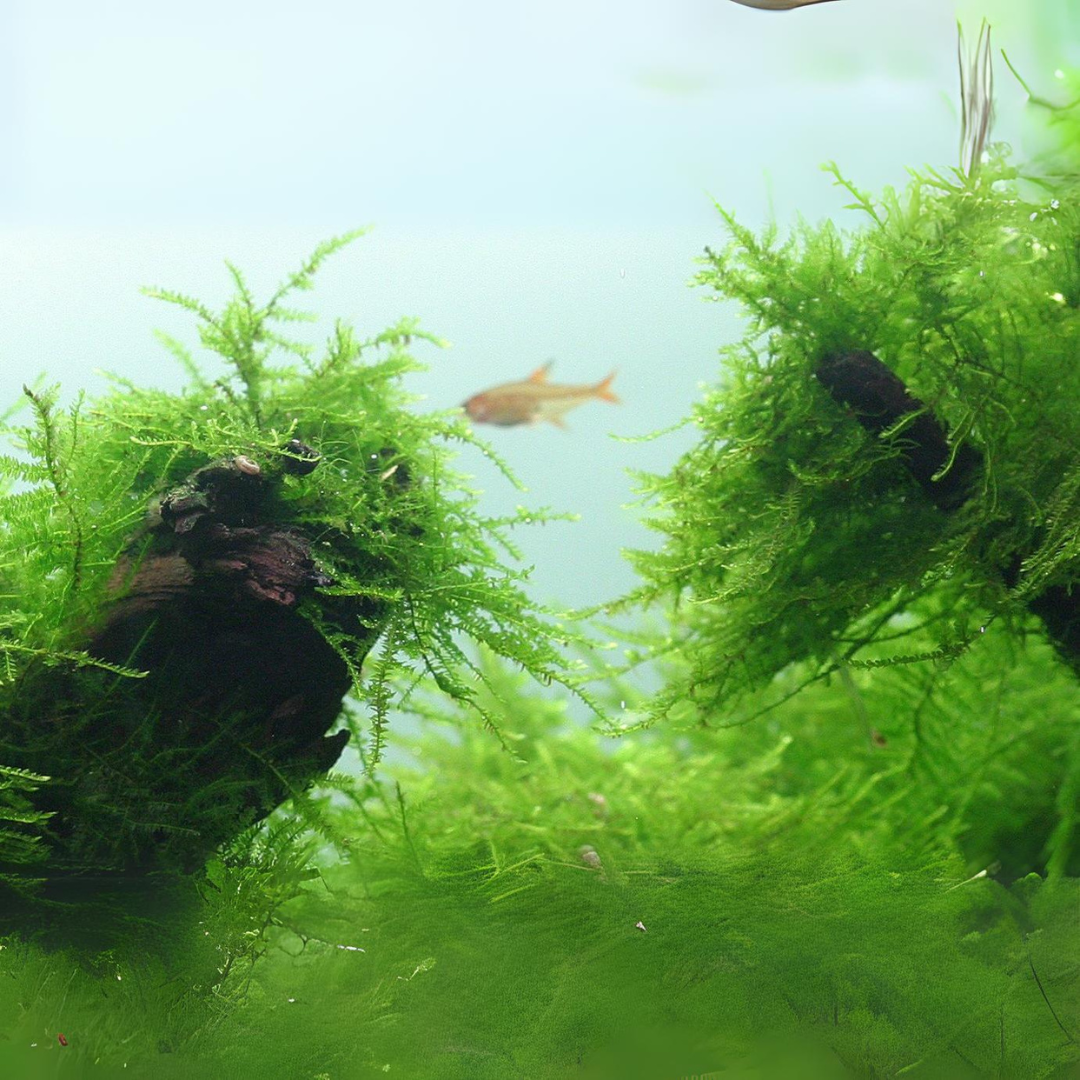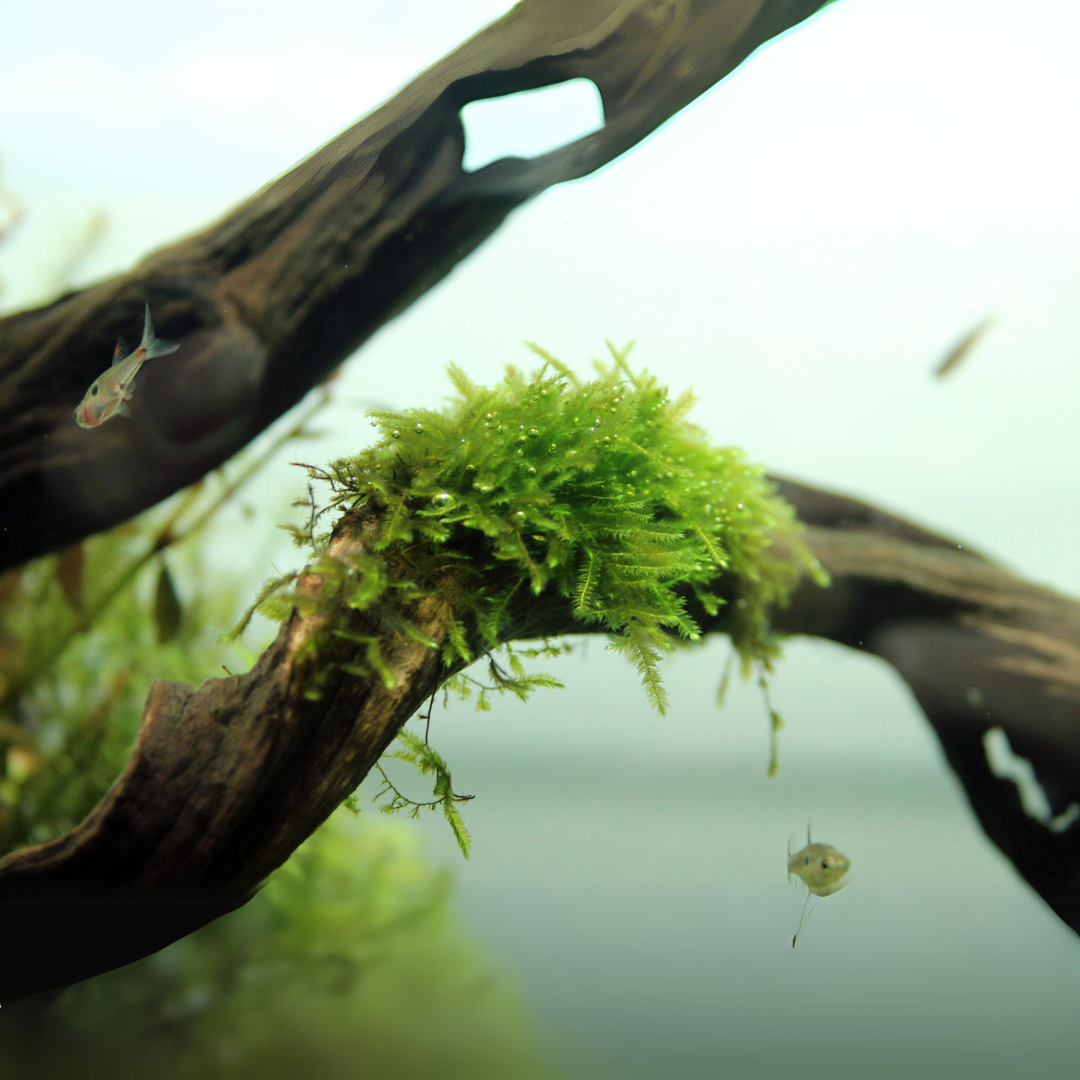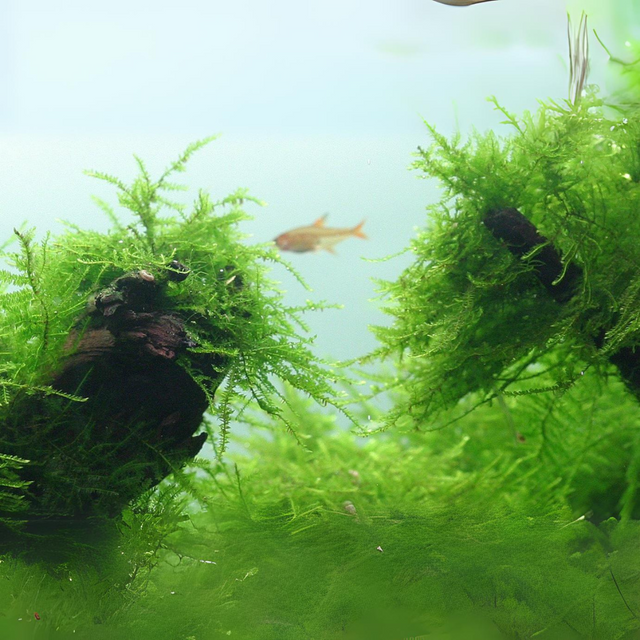ADA IC812 Taxiphyllum Barbieri | TC Live Plant
ADA IC812 Taxiphyllum Barbieri | TC Live Plant is backordered and will ship as soon as it is back in stock.
Couldn't load pickup availability
Description
Description
Product Description:
Taxiphyllum barbieri is the most popular aquarium moss there is. It was confused with Vesicularia dubyana for a long time, therefore it is mostly called "Java moss"; another name is "Bogor moss". In the nature, it is only recorded from Vietnam so far. This tropical water moss forms long, irregularly branched, about 1,5 mm wide shoots that attach willingly to all kinds of surfaces, which makes it an ideal moss for accentuating the hardscape or for hiding technical equipment in the tank. With stronger lighting, it branches more, while its shoots get thin, thread-like and poorly ramified under low light. It grows fast for a moss; we have determined a growth rate of up to 3 - 4 cm per month.
The Java moss is very undemanding regarding water parameters and lighting, it grows with low or high carbonate hardness, pH values of about 5 - 8 and temperatures between 12 and 34 °C, however it looks best under good lighting and complete nutrient supply. It looks especially decorative when it is tied to driftwood; its fast growth makes regular trimming necessary. Make sure that it does not overgrow slowly growing epiphytes. This moss also grows emersed on constantly moist surfaces when the air humidity is high. Attached to hardscape or as a loose thicket, Taxiphyllum barbieri serves well as a natural hiding place and spawning substrate for the aquarium inhabitants. It is especially suitable for the nature aquarium style with its rather "wild" appearance.
Size: Java Moss is relatively small and compact in terms of individual leaf size, but it can cover a significant area due to its spreading nature. It usually grows to a height of about 2 to 3 inches (5 to 7.5 cm) but can extend longer if allowed.
Lighting Requirements: Java Moss is quite adaptable and can thrive under a range of lighting conditions, from low to moderate light. However, brighter light conditions can help promote more vibrant growth and denser foliage. It generally does not require intense lighting.
CO2 and Fertilization: While Java Moss can grow in low-CO2 environments, it benefits from moderate CO2 levels and regular fertilization. Adding CO2 and nutrients can enhance its growth rate and overall appearance, though the plant can tolerate less-than-ideal conditions.
Substrate: Java Moss does not require a substrate for growth. Instead, it attaches itself to surfaces such as rocks, driftwood, or mesh. It can be anchored to these surfaces using fishing line, thread, or glue, and will eventually adhere to them naturally.



